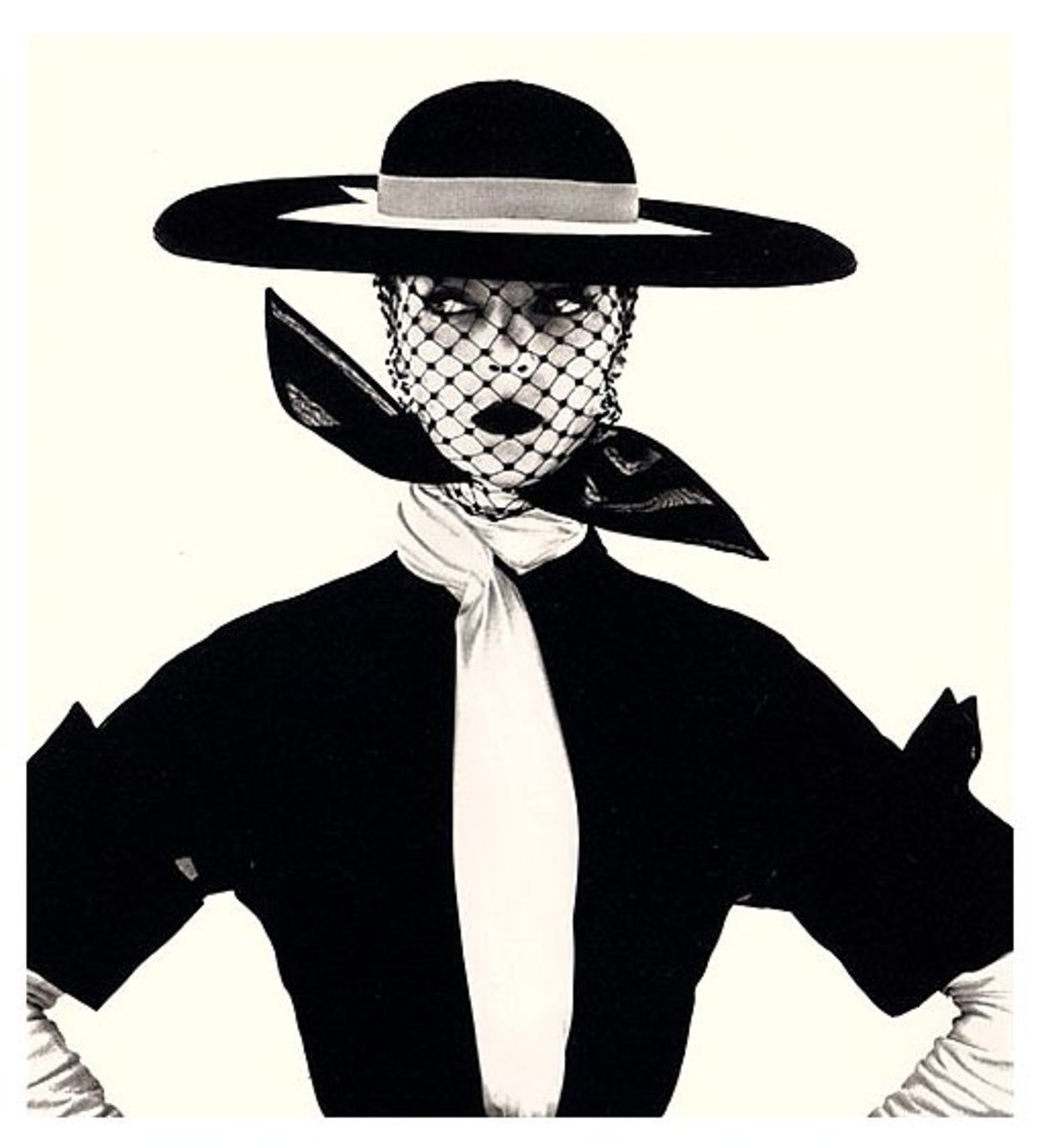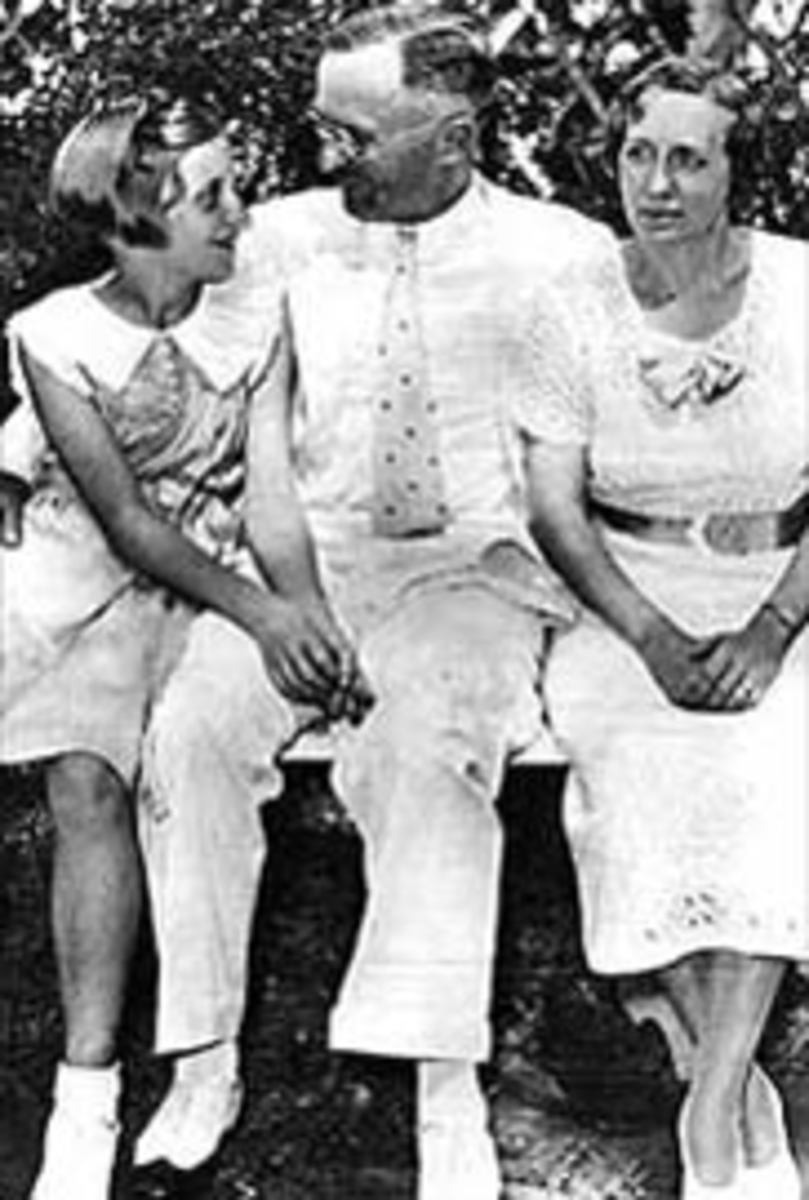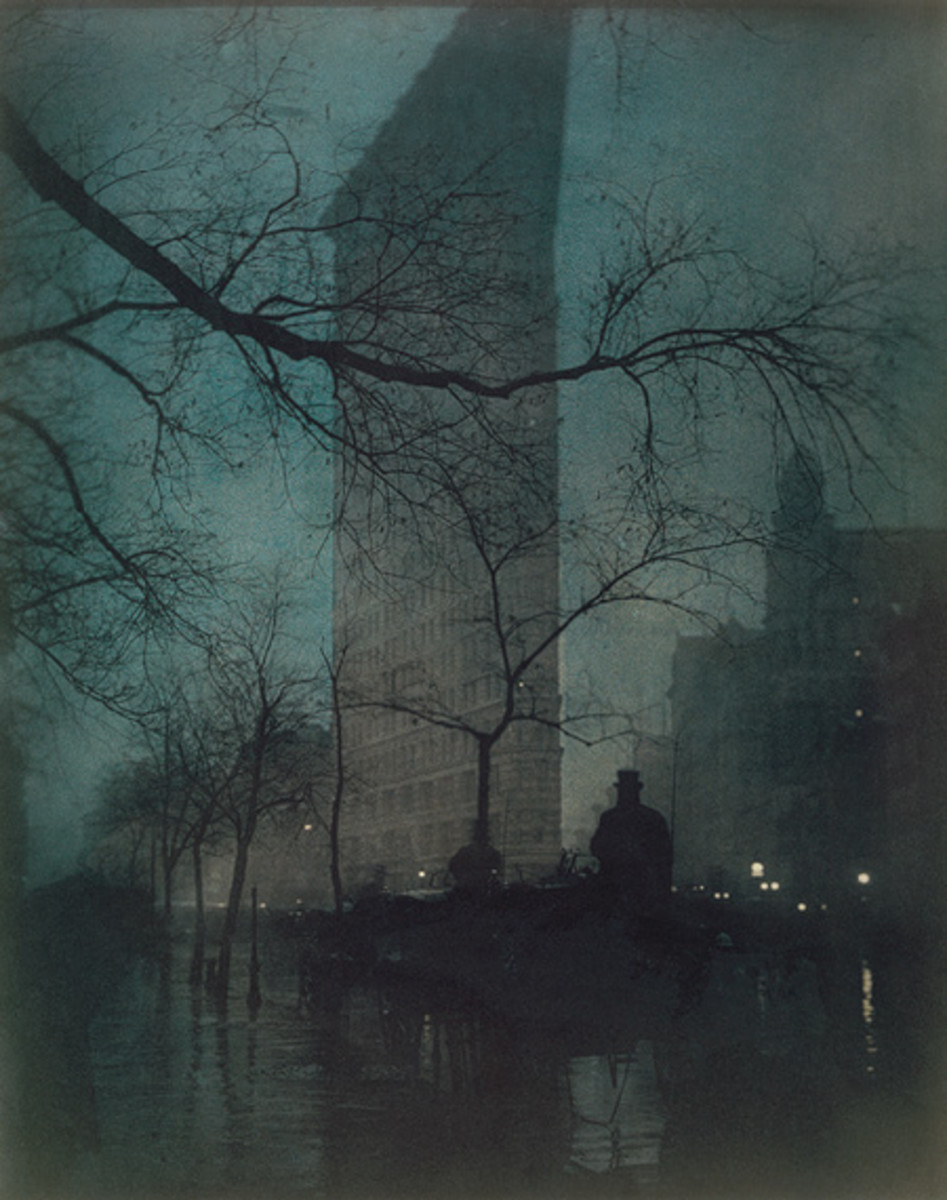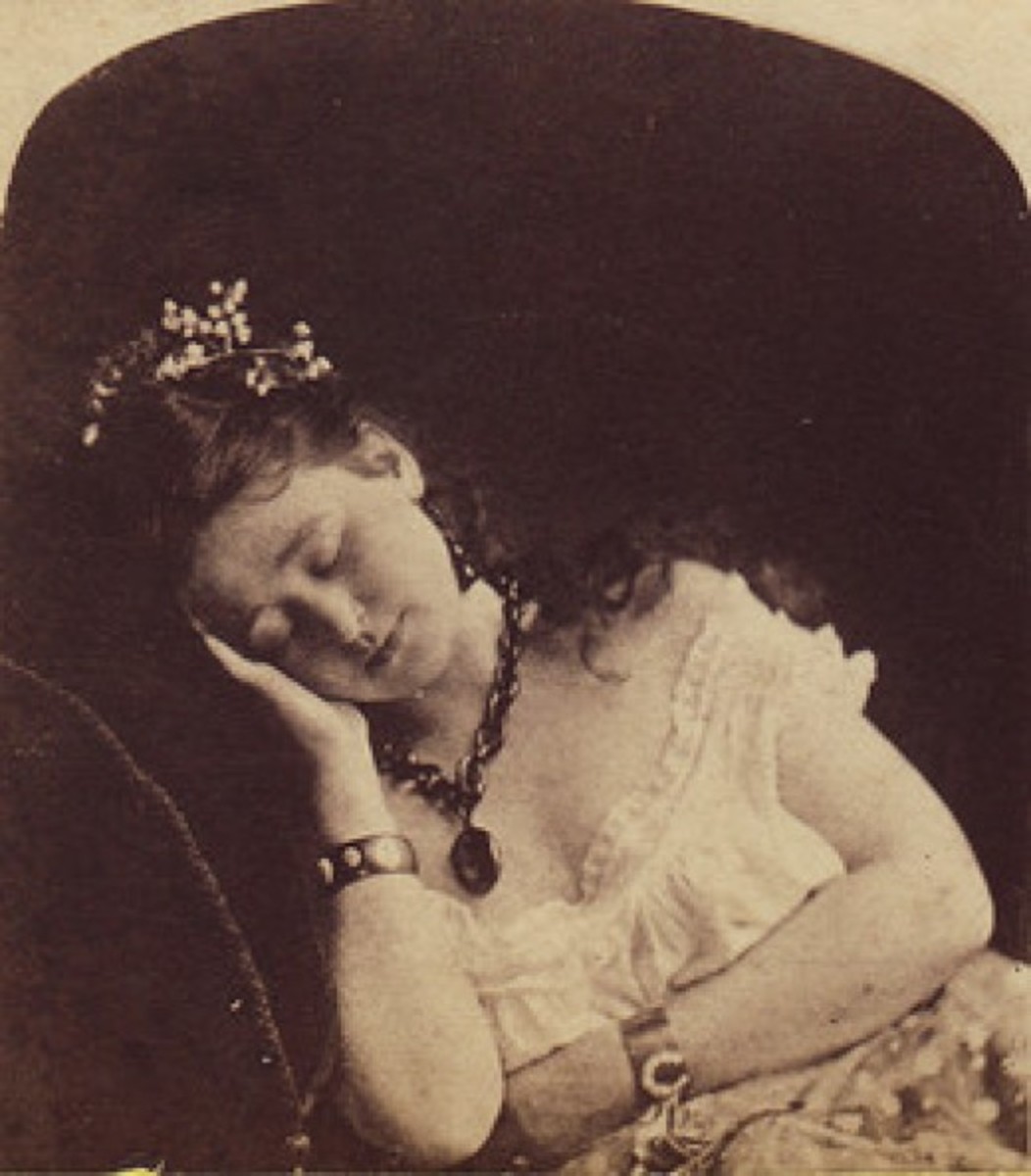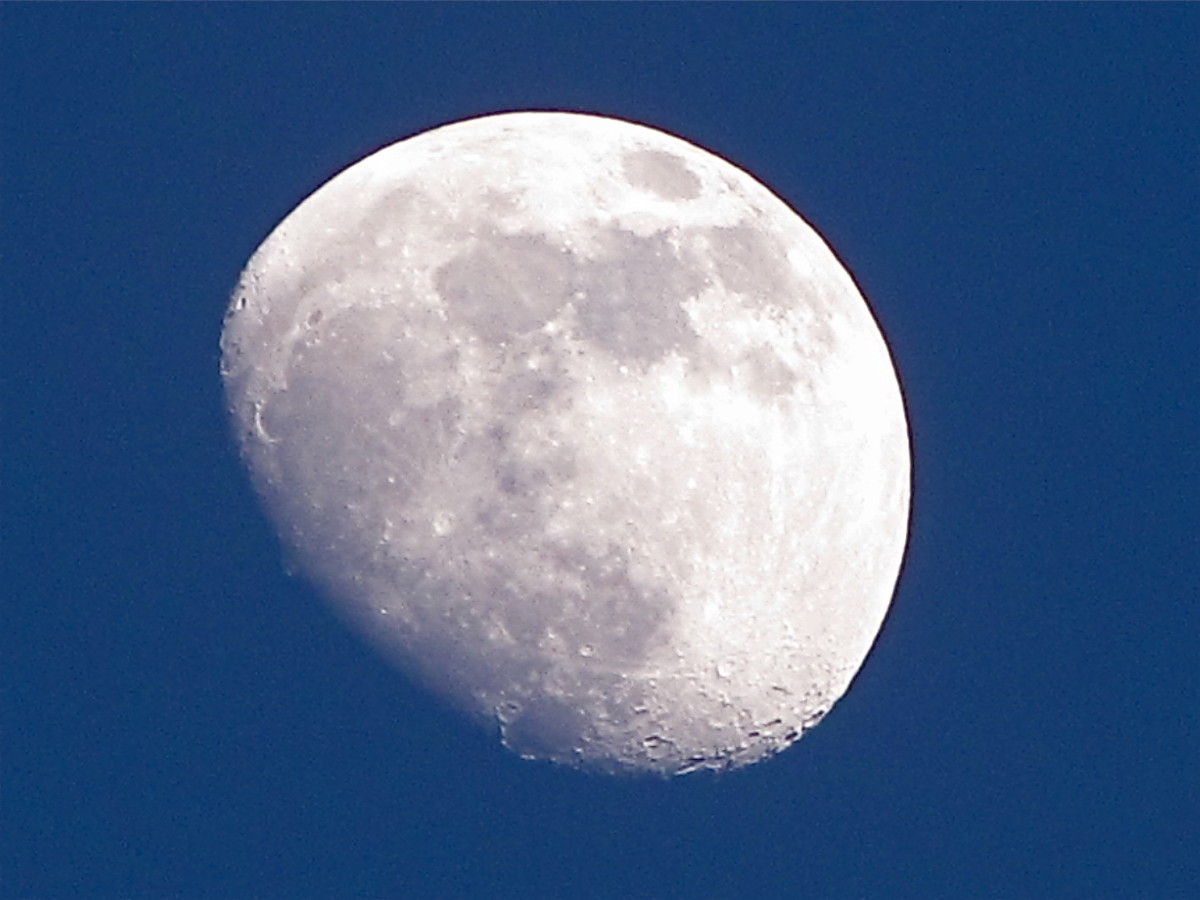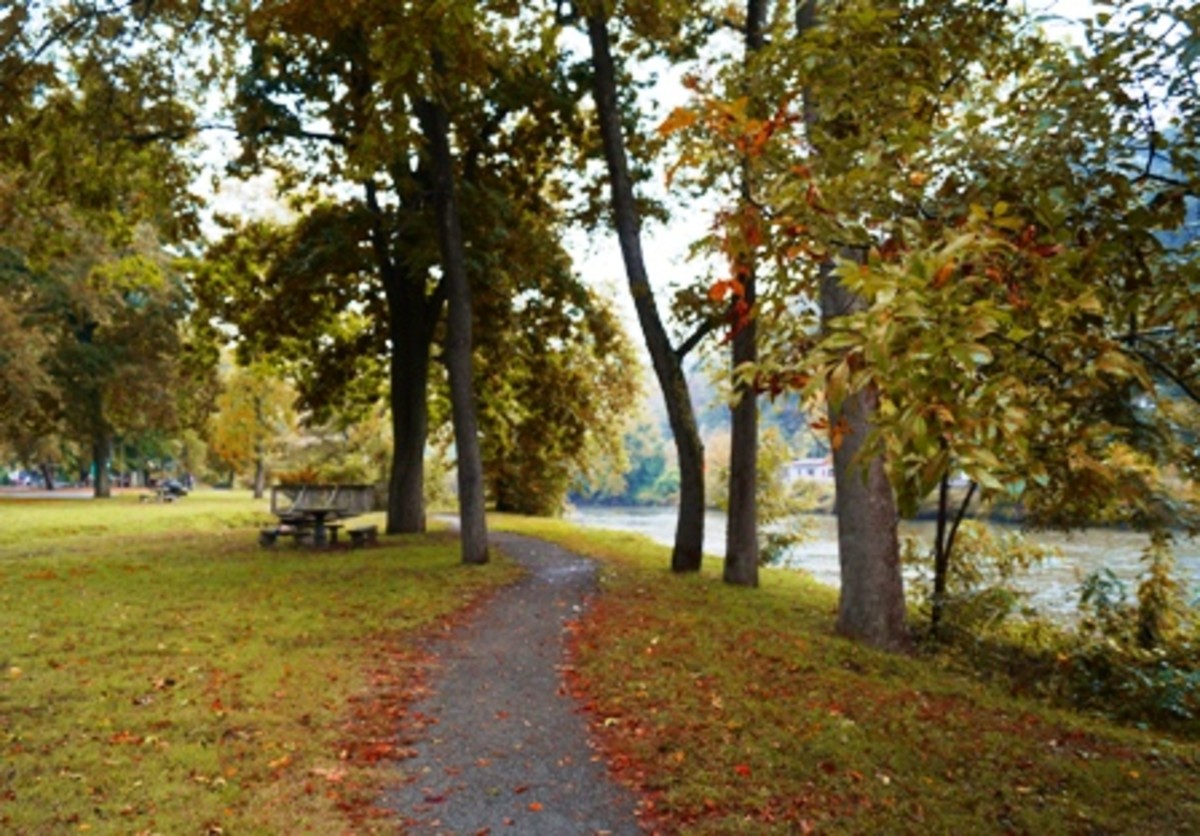How to Photograph Dreams
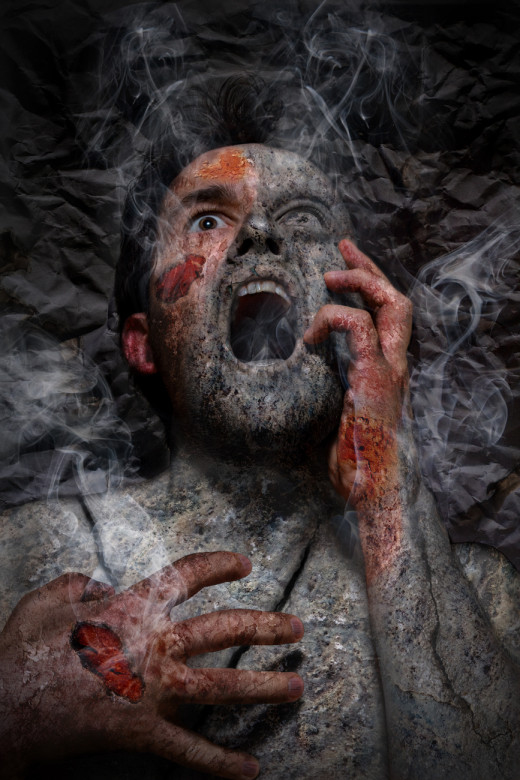
"Dreams are successions of images, ideas, emotions, and sensations that occur involuntarily in the mind during certain stages of sleep. The content and purpose of dreams are not definitively understood, though they have been a topic of scientific speculation and a subject of philosophical and religious interest throughout recorded history. The scientific study of dreams is called oneirology." Wikipedia
What is a dream? A dream can be a fascinating journey or a surreal ordeal.
Some dreams are light and almost magical while some can feel so real that you wake up not knowing if what you had was real or a figment of your mind.
A dream can range from normal and ordinary to overly surreal and bizarre. The majority of dreams can have many different themes, such as frightening, exciting, magical, adventurous, or sexual in their scope.
What happens in a dream is said to be outside of the person's control and which is mainly caused by your subconscious mind and perhaps other stimuli.
Photographers can transcend the limits of one's imagination and capture or better yet create scenes that capture a dream.
The scenes can be wonderful creations or terrifying ones. It all depends on the photographer's imagination and his creativity.
Doing such a project will more than likely rely heavily on the aid of a digital editing program since these scenes most always need some finishing touches to give the scenes a surreal yet believable feeling.
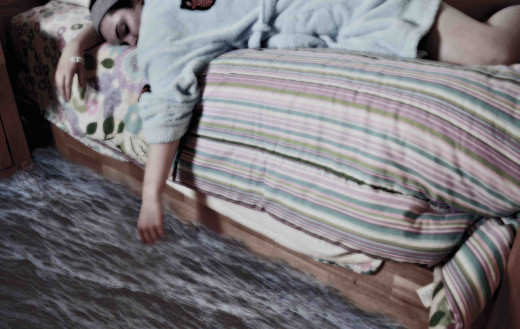
Does this sound interesting?
Since dreams are only had by humans, although some scientists think that some animals have them too, the project should feature a model posing as if sleeping or even being awake and surrounded by scenes or elements that would fit into a dream scenario.
How you choose to present the dreams is up to you. They can be scary or nice, simple or complex. It will be dependent on how well the photographer is able to navigate a digital program and how adept he or she is at using it.
The real trick is to combine the image of the model with other digitally added details that complete the scene. This is easily done by using the layers program in a digital program like Photoshop.
Photographing dreams gives the photographer a wide latitude in what digital elements to use; cartoons, real scenes are acceptable.
Remember that your dreams are your own and what is present in them follows no barrier or adheres to any method.
The photograph of the lady in bed surrounded by water and the photograph of the monk looking at the moon are two prime examples where one image was incorporated into another and made into a complete and pleasing final image.
These two images show a level of creativity by both photographers that used complementing elements which when combined with the main image are believable dream like scenery and fit the theme well enough.
With this said, not everything has to be digitally manipulated. There are some scenes that are simple yet effective.
The photograph of the princess, laying on her blanket and holding a pillow fits the dream theme quite well and appears to had been a rather simple set up, yet one that because of its simplicity works very well. Note the clever use of light to isolate the model and the use of a wide f-stop to throw the background out of focus.
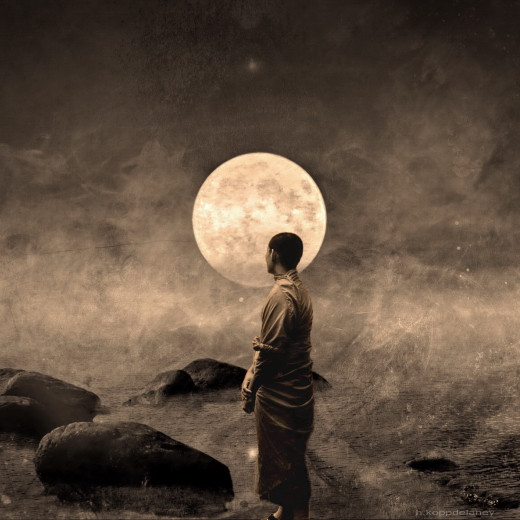
I have always been a proponent of using color since life is not black and white. However for this project certain scenes and composite pictures are presented better if done in a monochromatic medium like black and white or sepia.
With today's advances in digital editing you can take a color photograph and easily turn it into a monochrome in the camera or with your digital program.
This also gives the photographer another layer of freedom from which to create images that are strikingly dream like.
The photograph of the monk would probably not be as striking as it is if it had been done in color rather than in the monochromatic medium which the photographer choose to present it in.
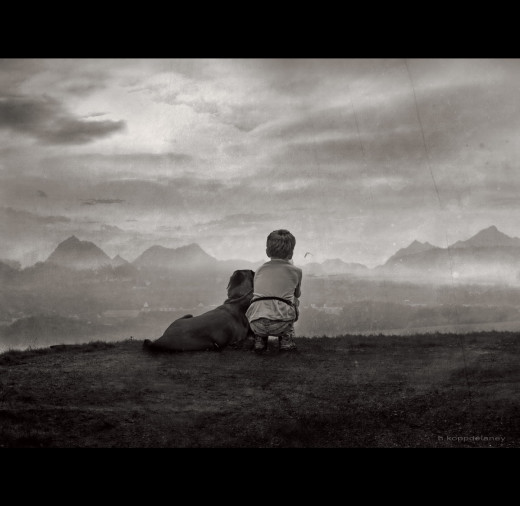
Being creative is key and you should pay close attention to each image and study carefully how it will look when combined with the image of the model.
A good technique is to show the final images to a group of friends or colleagues and ask them to share what they think the image represents. If they agree that the photograph looks like something from a dream then it is likely that you've accomplished your purpose.
Do not rely solely on your judgement since you as the photographer are usually more attached to your work than anyone else and will look at your own work with a bias.
Once done, you might consider submitting the photographs to photography related publications as well as other publications that may use images such as these.
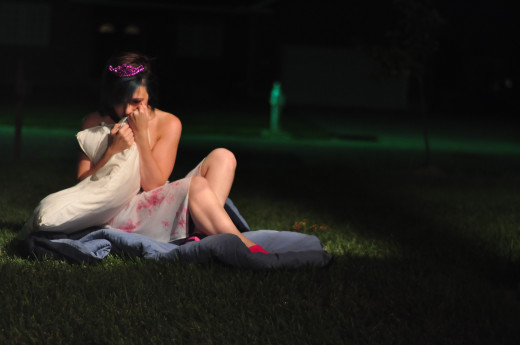
© 2013 Luis E Gonzalez

![Adobe Photoshop Elements 2018 [Old Version]](https://m.media-amazon.com/images/I/51AQ4wl7eOL._SL160_.jpg)
